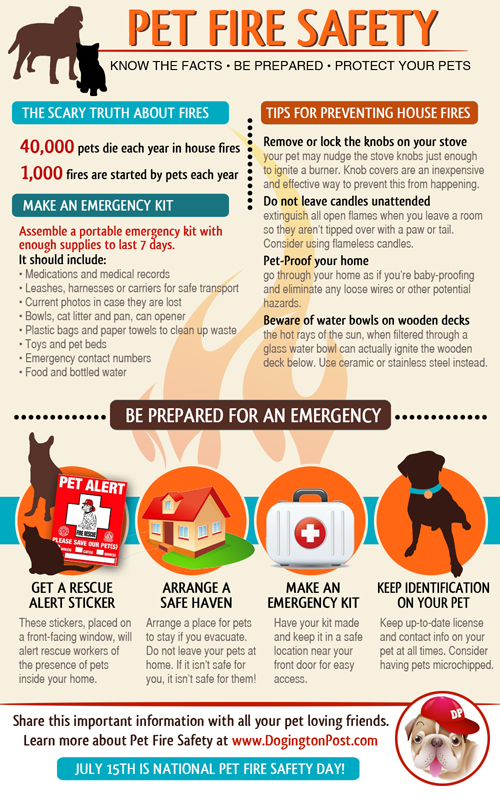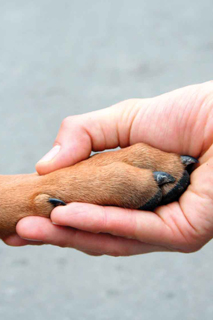Here are 10 New Year’s resolutions to help you do just that.
If you are like me you spent some time putting together your 2014 New Year’s Resolutions to start this new year right. Hopefully you remembered to include resolutions for your pets in yours, but just in case you have not, we thought it was a perfect time to give you some suggestions for resolutions to make 2014 an excellent year for both of you.
So without further ado, here are VetLocator’s Daily Paws 2014 Pet New Year’s Resolutions:
- I resolve to tell my pet I love him/her at least once a day.
You may already do this, but for many of us (me included), making the conscious effort to do so ensures I tell my pets every day that I love them. I know they thrive with those words being said. - I resolve to take my pet to the vet for a healthy pet check up at least once, but preferably twice, this year.
Sometimes our pets seem so darn healthy we don’t think it is necessary to take them to the vet but it is a good practice to have the vet give them a healthy pet check up at least once a year the same way we should resolve to do the same for ourselves and our families. - I resolve to reserve at least 10 minutes a day of distraction free time devoted solely to sharing with my pet.
This is such an important resolution to keep and it makes such a difference to your pet. Many pets are well fed, get check-ups regularly, but spend such little quality time with their owners that they are quite neurotic and troublesome as a result. For many pets, they feel it is their job to look after their owners and one of the ways they do their jobs is by helping us relax. So make this resolution and help your pets help you to live a fuller and richer life, and by doing so you will help them in exactly the same way. - I resolve to give my pet treats on a regular basis, but to not overdo the treats.
I have this same resolution for myself – ha ha. There is a fine line between giving treats appropriately and overdoing it and we will leave that for you to work out, but it is important to treat your pets from time to time. It leaves you both in a good mood. - I resolve to do a full body inspection of my pet at least once a month.
Do you like to get massages? Most people do and so does your pet. While you are giving your pet an over-all stroking and massage, do a physical check out of how their body is. Are there tender areas that are new? Any bumps? Anything seem unusual? If so, schedule an appointment to investigate it further. - I promise to give my pet a good brushing at least once a week.
Most pets love to get a good brushing or combing. I say once a week is good, but even a few times a month works. Some pets are sensitive at first but will soon grow to like the experience and will look forward to it as a treat from you. - I promise to take a photo of my pet doing average and/or cute things either alone or with me in the picture, monthly.
Our pets don’t live as long as we do unfortunately, so taking regular pictures of their time with us is a good way to keep a journal of your lives together. Make sure you regularly save the photos to a folder or print them so they are not lost if your camera or phone has a problem. - I promise to have a pet first aid kit ready in the event there is an emergency.
Most people have a human emergency first aid kit to handle unforeseen emergencies but don’t have one set up for their pets. We have a good suggestion for one on our website, and if you don’t yet have one of these, you can use our suggestions as a place to start. - I resolve to keep an ID tag on my pet in the event he/she is ever lost.
Keep a collar and tag on your pets, even if they are microchipped. These days it is a good idea to use your mobile number rather than your home phone as the number on the tag because most people have their phones with them at all times, so should your pet get found by someone, you’ll know about it faster. - I resolve to prepare 2 pet emergency information cards, one to keep in the emergency kit and one to have available for easy access or to give to a sitter that includes quick access to vital information. (vet number, 24/7 emergency #, your cell phone number, poison control #, medications, pet license #, someone else to call in an emergency if you are not available).
There you go, our 2014 pet resolutions. Have you made any others? We’d love to hear them! Just leave them in the comment section below.



